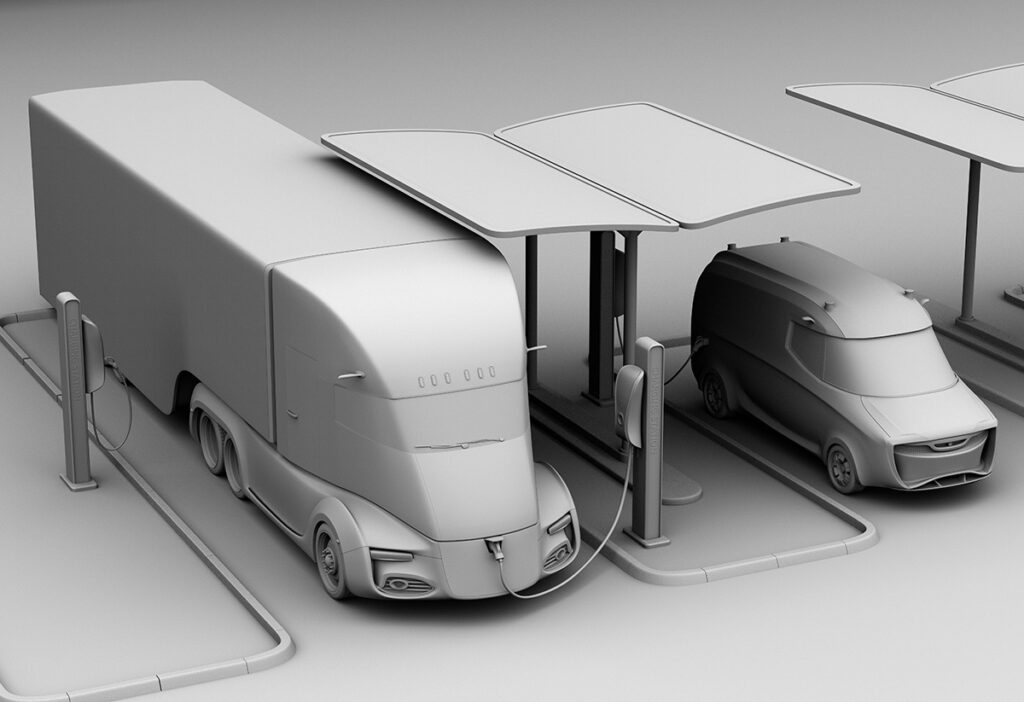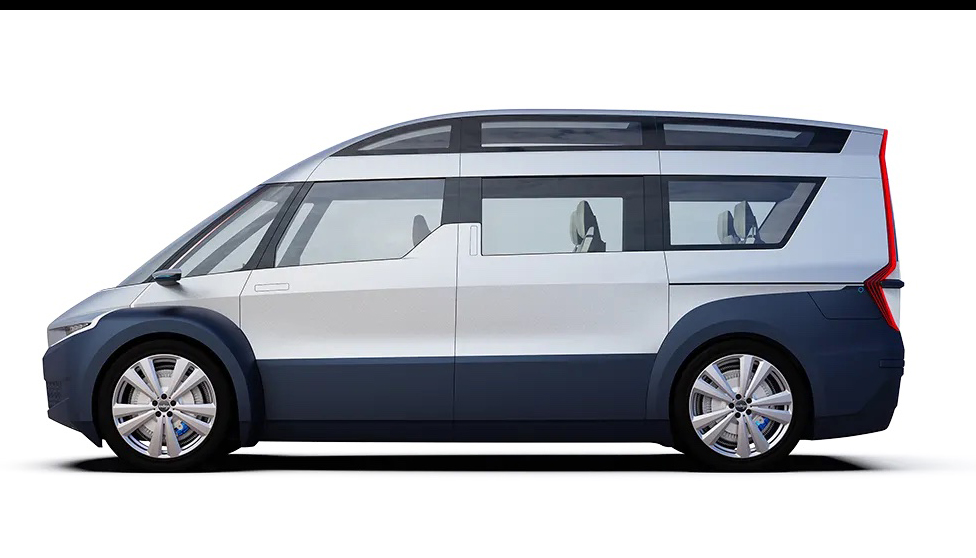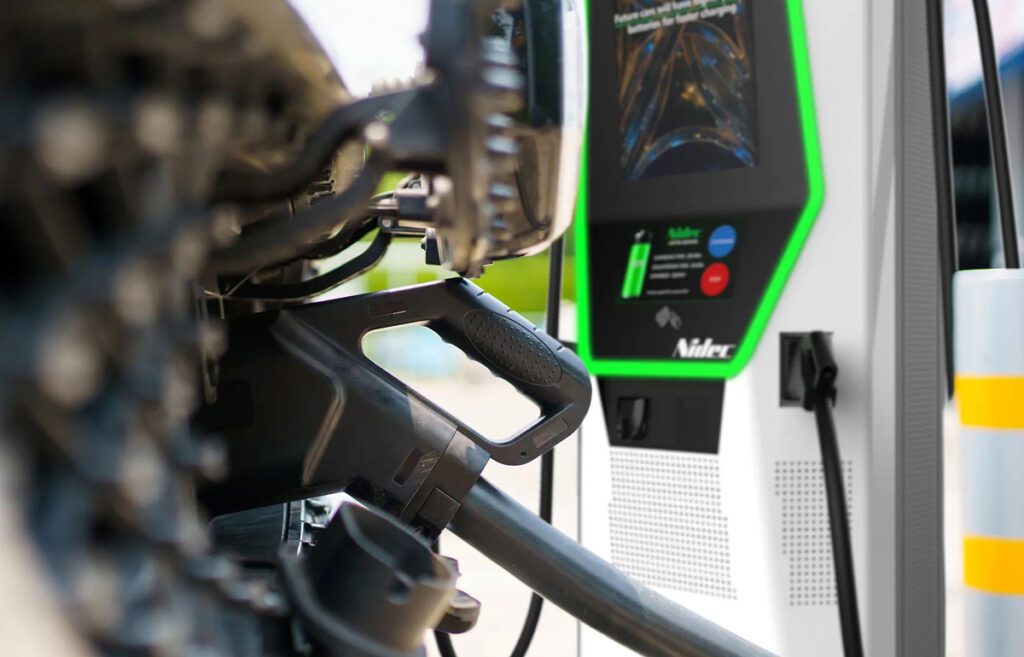Reasons for the slowdown include the adoption of more energy-efficient appliances, light bulbs and motors, as well as the decline of heavy manufacturing – electricity used for manufacturing fell 18% between 1998 and 2010.
Even as Americans are using more electronic gadgets than ever before, the nation’s total electricity use is hardly growing at all, according to the Wall Street Journal. While acknowledging that the slower pace of growth “may be helping the environment,” the pro-business newspaper’s article was more focused on the “daunting challenge” it poses for public utilities.
The US Energy Information Administration [www.eia.gov] projects that annual electricity use will rise an average of no more than 0.7% through 2040. In the middle decades of the 20th century, electricity consumption was growing by as much as 8% per year. Reasons for the slowdown include the adoption of more energy-efficient appliances, light bulbs and motors, as well as the decline of heavy manufacturing – electricity used for manufacturing fell 18% between 1998 and 2010.
Utilities around the country are shifting priorities to protect their profits. “They don’t see any light at the end of the tunnel and are making adjustments,” Daniel Krueger of consulting firm Accenture told the WSJ. Chicago-based Exelon Corp is cutting investment, and may reluctantly reduce its dividend. Other companies, including Public Service Enterprise Group and Northeast Utilities, are redirecting resources into high-voltage transmission lines, because federal regulators allow them to earn higher returns on those outlays, in order to encourage new investment in aging power networks.
How to save the poor little “energy providers,” and the widows and orphans who own their stock? How about putting an electric vehicle in every garage? As Charged reported in our October/November issue, electricity providers in Florida, at least, don’t foresee any major infrastructure issues even from a relatively large influx of EVs. Tampa Electric predicts that their average transformer, serving seven homes, could "easily" handle three of those seven simultaneously charging an EV at peak times.
Source: The Wall Stree Journal








































































